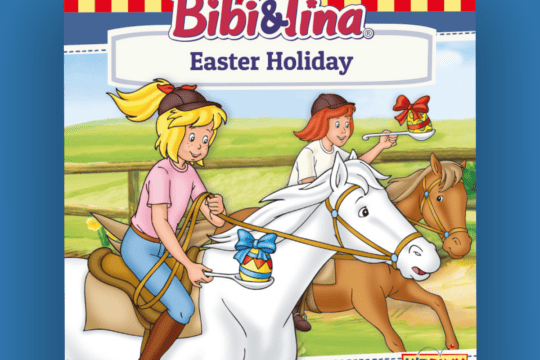
HomePony Know HowRiding TipsFlatworkRiding school ponies – rule the school
-
Pony Care Tips
Learn everything you need to know about caring for your fave pony. From feeding and grooming to mucking out – we have it all here!
-
Riding Tips
Improve your riding with our fab articles! Whether it's building your confidence, riding shapes, or jumping spreads that you need tips on, we have something for every rider.
Latest News
Riding school ponies – rule the school
Posted in Flatwork
Do you dread getting a certain pony in your lessons? Don’t worry! We show you how to ride the different types of school ponies you might come across
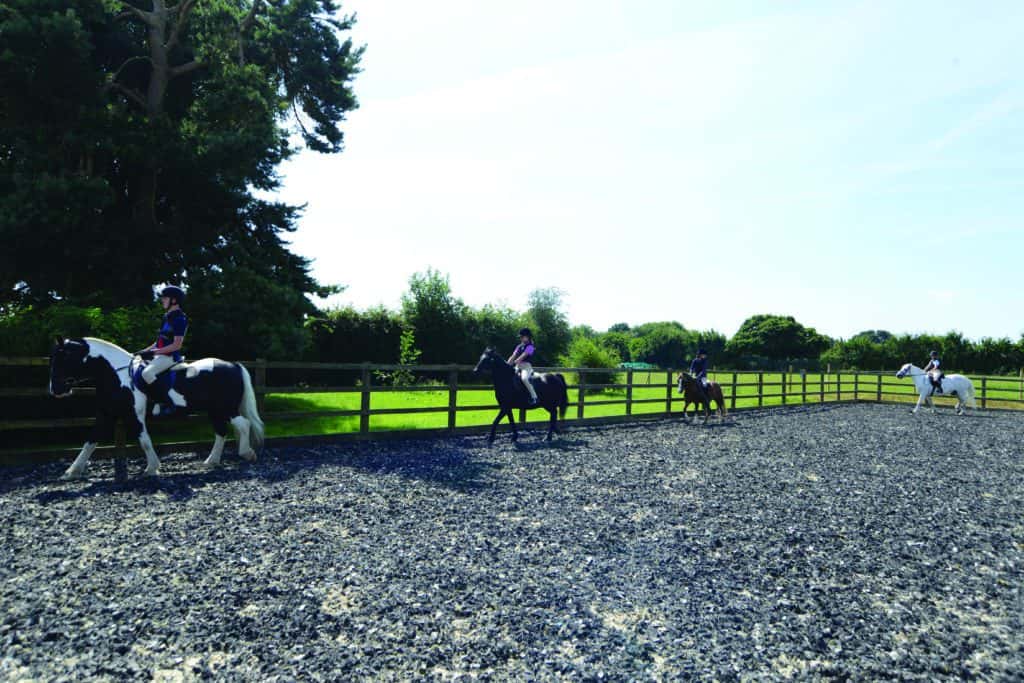
Whether it’s Mr Slow or the corner cutter, there’s always a pony or two at the riding school who you dread being presented with at the start of your lesson. Mastering ponies with different personalities can be tricky, especially if you haven’t been riding very long. Check out our top tips and advice for getting the most out of all types of riding school ponies, and boosting your riding skills, too!
The in a hurry pony
How to spot him…
This pony loves to go everywhere at top speed! He can go from halt to canter in the blink of an eye. You’ll often find him at the front of the ride with the others struggling to keep up.
How to ride him…
Do a few half-halts to balance him and encourage him to slow down. If he doesn’t listen, turn a circle, or ask him to halt then walk on again. In trot, remember that the speed of your rising influences the speed of his trot, so concentrate on rising steadily in an even rhythm and he’ll adjust his trot. Try not to let him rush off into canter. Prepare for your transition and give your aids calmly and quietly, using half-halts if you need to.
Things to remember…
- avoid getting into a tug of war. You’ll risk hurting his sensitive mouth by pulling on the reins. Use your seat and voice to steady him instead
- ride lots of transitions and shapes – giving him plenty to do should slow him down
- if you’re struggling to keep your distance from the lead pony in the ride, circle away and find a place where you have more space
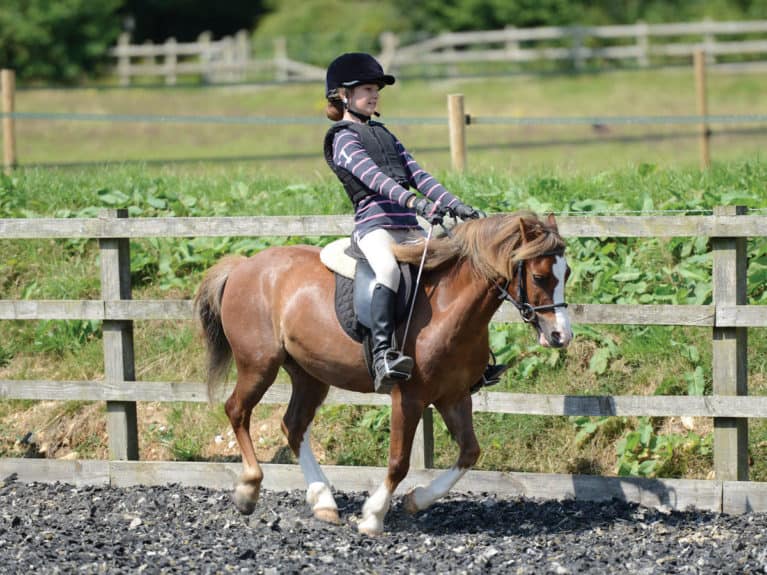
Top tip! Sit up tall with your shoulders back and your heels down- this will stop you leaning back and pulling your reins or tilting forwards, which will only make him go faster!
The clingy pony
How to spot him…
He loves being with his mates – so much so that he doesn’t want to leave them! Even if you’re not in a lesson with other ponies, you can guarantee that he’ll head towards the arena gate at every opportunity in a bid to get back to them. You’ll find him following his best pony mate and throwing a strop when you ask him to go elsewhere.
How to ride him…
When you get to the front of the ride and it’s your turn to canter, that’s when you hit a problem with the clingy pony. Think positive – you can get him to go where you want him to. Squeeze with your legs and keep your hands an even distance apart if he starts to nap, as opening them will only encourage him to move from side-to-side.
Things to remember…
- don’t give up! Persistence is key
- keep him moving – he’ll be less likely to nap
- check he’s listening to you and focused on your aids
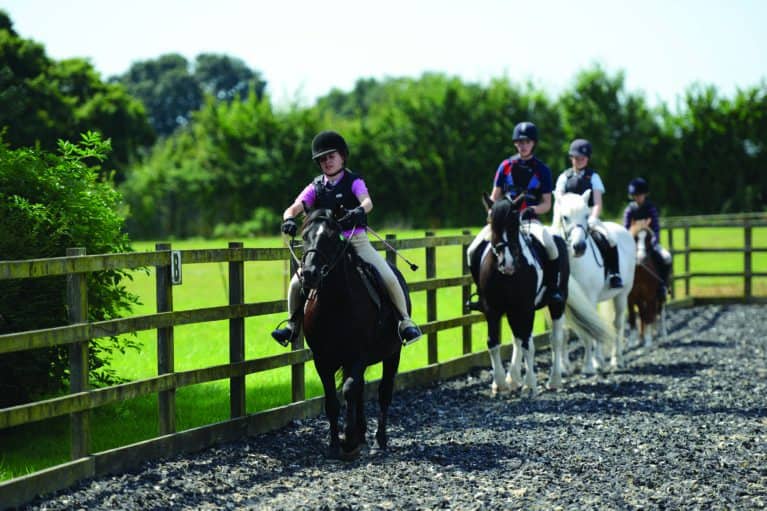
Mr slow
How to spot him…
Lazy and slow-moving, he’s safe as houses to ride but getting him into canter, or even trot, can prove to be a challenge. He needs LOTS of encouragement and can usually be found at the back of the ride with an exhausted rider on board.
How to ride him…
Your natural reaction is probably to kick, and then kick some more! But he’ll quickly get bored of this and ignore your leg. Instead, try wrapping your legs around him and squeezing – it might be more subtle but it’s more effective, too! Sit tall in the saddle and be careful not to tilt forwards as this will affect your centre of gravity and unbalance you, making your aids less effective.
Keep your contact so you can push him forwards, which will make it easier for him to maintain impulsion.
Things to remember…
- don’t nag with your legs – it’ll only encourage him to ignore you
- back up your aids with your whip if he ignores you. One tap is better than lots of kicking
- don’t get frustrated if he doesn’t always listen to you. Getting the most out of lazy ponies takes practice
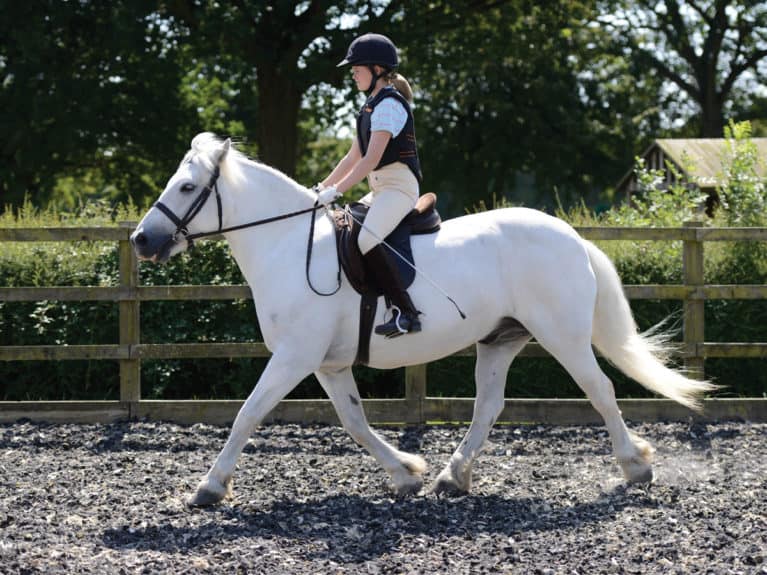
Did you know? Lazy ponies often pull themselves along without engaging their hindquarters, which is where impulsion is generated.
The on edge pony
How to spot him…
Always looking for monsters in the hedgerow, he’s suspicious of everything and ready to take flight at any moment. He’s naturally spooky and is the first to notice anything new. He can be found snorting at a strangely shaped leaf.
How to ride him…
The key is confidence. Even if his spookiness makes you a bit tense, ride positively – it will rub off on him and let him know there’s nothing to worry about. Relax your seat and push your weight down into your heels. Sit quietly and make sure your aids are subtle and gentle so you don’t startle him. Be understanding and offer him a neck rub if he gets nervous, rather than getting cross.
Things to remember…
- take a few deep breaths if he tenses up. It’ll help you relax, which will encourage him to be calm
- don’t pull on the reins if he spooks. Sit up tall and wrap your legs around him to give him confidence
- don’t get into the habit of sticking behind another pony just because he’s less spooky there – position yourself in different places in the ride each lesson
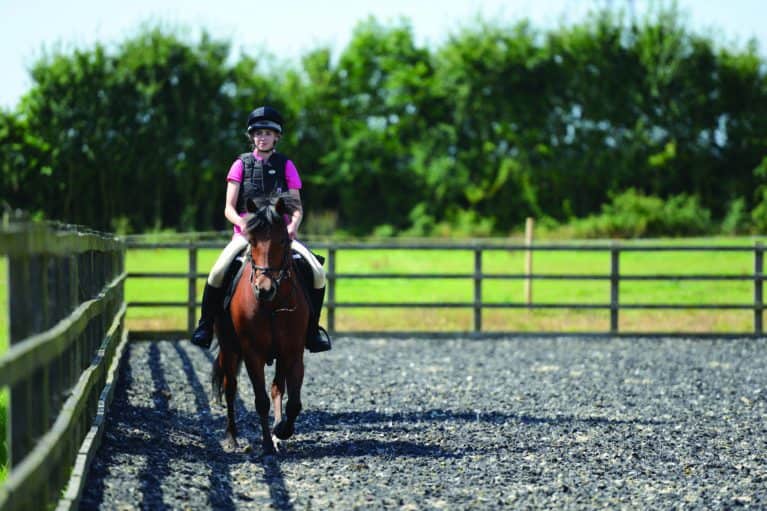
The mind of his own pony
How to spot him…
He’s strong-willed and knows what he wants. The problem is, it’s often not what you want! He takes hold of the bit, which means he doesn’t always listen to you. You might find him cantering across the school in the wrong direction or diving for the nearest patch of grass.
How to ride him…
Avoid an argument, instead it’s up to you to try to outwit him. Be patient and don’t lose your cool if he ignores your aids. If he’s being too strong, use half-halts or bring him back to walk for a few strides – it’s better that you go slower and in control than faster without it. Also, always think ahead – for example, if you’re riding towards the gate and know he might try to get there faster, prepare for it before it’s a problem. You’ll need to react quickly, too, otherwise he’ll act before you’ve realised what he’s up to!
Things to remember…
- avoid pulling on your reins – try to maintain a light contact. Gently move your fingers to stop you gripping too tightly
- be prepared for his antics by sitting up tall and rolling your shoulders back and down. This will help you stay secure
- keep your legs wrapped round his sides. Letting him know you’re there and aren’t afraid to use your legs can really help
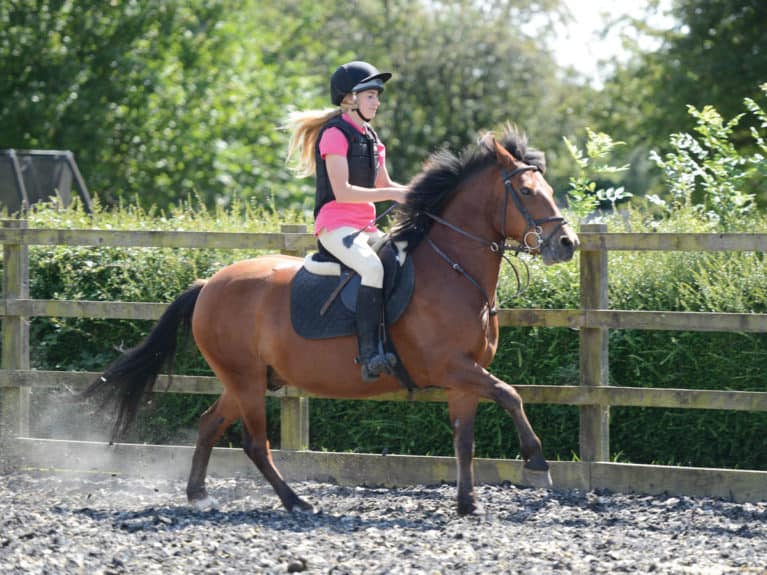
Top tip! Keep your arms relaxed and supple, and avoid locking your elbows as this will prevent you bracing against your pony if he gets strong.
The corner cutter
How to spot him…
The corner cutter’s favourite trick is the oldest one in the book. He’s worked out that bypassing the corners means he doesn’t have to travel as far or put as much effort into bending, which equals less work. Clever, but seriously annoying! You can spot him a mile off – he’s the one refusing to go into the corners, often on the incorrect bend as he passes them.
How to ride him…
As they say, old habits die hard so once a pony has learnt this trick, it can be very challenging to get him to stop. The key here is to use your legs and body to direct him, rather than just your reins. As you approach a corner, push him towards the outside of the arena with your inside leg and turn your shoulders and hips slightly in the direction that you’re going. Maintain contact with your outside rein and slightly open your inside rein to encourage him to bend around the corner.
Things to remember…
- be consistent. Repeat your aids at every corner so your pony knows what you expect of him each time
- don’t be disheartened if he doesn’t do what you want straightaway – keep trying and you’ll get there
- reward him when he gets it right, this way, he’ll understand he’s done something good and will be more likely to repeat it
The total pro
How to spot him…
The total pro is the one everyone wants to ride! He’s a schoolmaster who loves his job and never tries anything naughty. He can be found behaving himself at any position in the ride with a content rider on board.
How to ride him…
Just because he’s a pro, it doesn’t mean that you should put less effort into riding him than the other ponies. Take advantage of the fact he’s well-behaved by practising perfecting your position and focusing on riding the best you can – it’ll really show off your riding skills!
Things to remember…
- don’t opt to ride him every time. Riding a variety of ponies is how you’ll gain experience and improve
- don’t stop concentrating even though he’s well-behaved. He’s still a pony with a mind of his own
- riding the pro is a great opportunity to learn something new, as you can focus on what you’re learning, rather than controlling a trickier pony
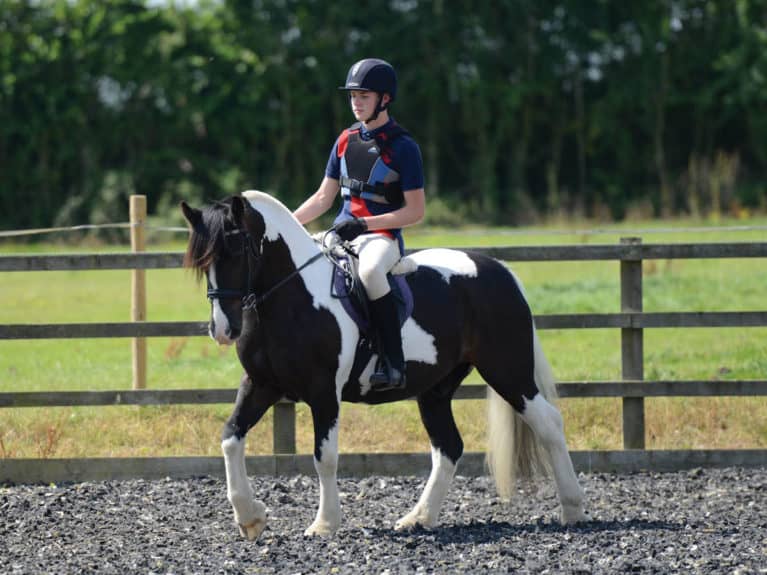
Whatever school pony you ride, remember that he’s teaching you something different, which can only be a good thing. Don’t forget to give him a big pat and a thank you at the end of each lesson.
Your Comments
2 responses to “Riding school ponies – rule the school”
Leave a Reply
You must be logged in to post a comment.


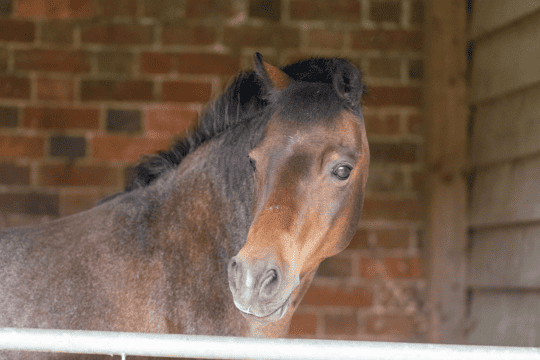
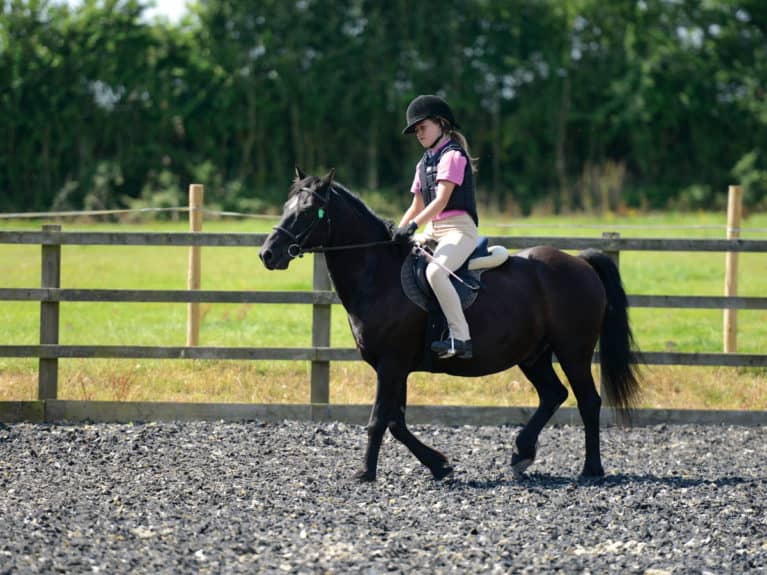
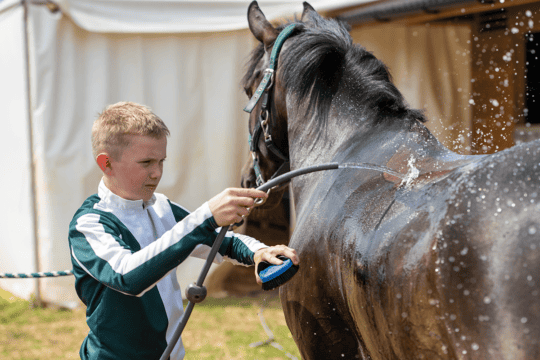
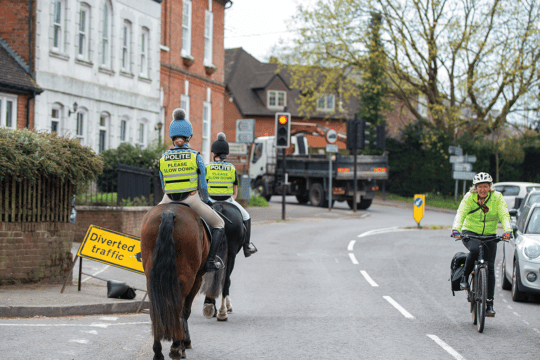
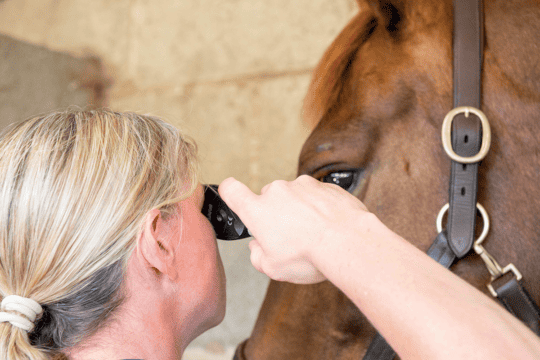
















Haha, typical school ponies! Thx for the info!
wow thank for the info